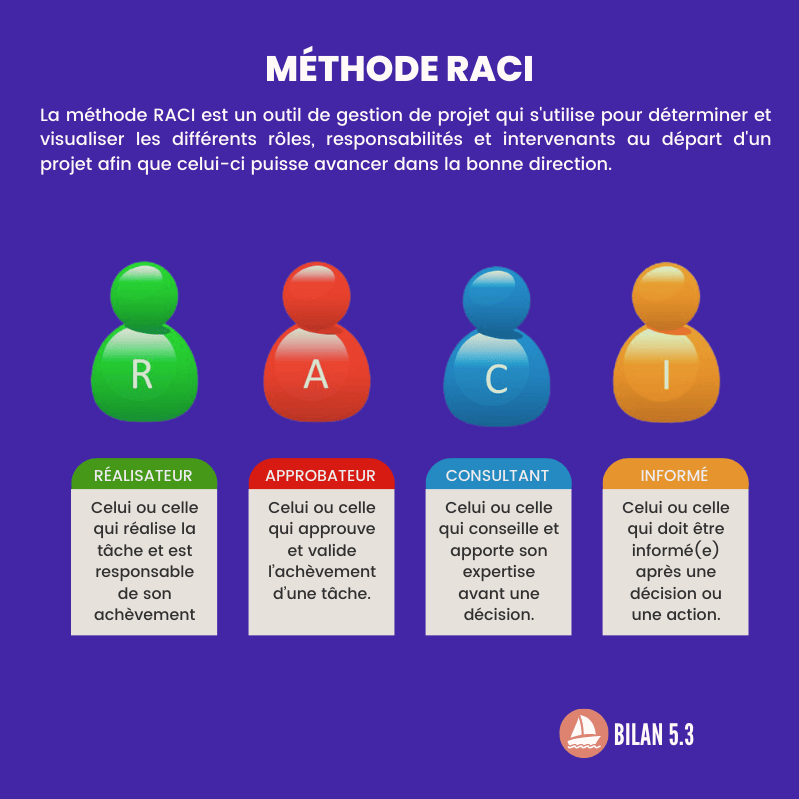We often shy away from a situation that frightens us. It’s normal, the primary function of this emotion which is fear is to protect us from dangerous situations.
Why better manage your fears?
It was fear that saved many of our ancestors in the face of a fire or the attack of a saber-toothed tiger (the main predator of the homo genus 1 or 2 million years ago).
Today, the risks of coming across a tiger are quite limited, especially a specimen with saber teeth… We can then ask ourselves if all our fears are founded and if they are motivated by a fair perception of reality. In other words, is it the reality of the situation that presents risks or is it my perception of it?
Tim Ferriss is the author of the best-selling The 4 hour week. A few years ago, he proposed a simple and extremely effective method for taking a step back, better managing your fears and transforming them into objectives. It’s called the Disaster scenario.
This method is divided into five steps:
1. What exactly I want to do
Start by writing a list of 10 things that you would like to do: a situation that makes you want to and which, at the same time, scares you and in the face of which you feel a real blockage.
For example :
- I want to change position or company and I can’t do it.
- I want to start studying and I think it’s not for me.
- I have to give a presentation in front of 50 people and it’s a nightmare.
- Just the thought of going to this party makes me sick.
2. How I see the situation
For each item on the list, examine the situation by describing it as precisely as possible: where am I, with whom, what am I doing, what is happening? Also describe the emotion you feel in this situation, the thoughts that come to your mind. Consider what in this situation is within your control and what is not.
Ask yourself, for example, the following questions, taking the time to think:
- Why haven’t I done this yet?
- What’s holding me back or prevent me from doing so?
- What is my biggest fear in this situation?
3- The different possible scenarios
Next, take a sheet of paper and create a table with 3 columns:
In the first column titled “ Define“, for each of the items on the list you define the worst things that could happen: what would happen if… I changed jobs / I went to this party…
In the second column titled “ Prevent“, you think pragmatically about how to prevent these events from happening or, at least, to reduce the likelihood of them happening.
In the third column titled “ Fix“, you think about a practical solution to “repair” the damage and manage the consequences if the situation arises. Who will you turn to for help, for example?
Let us take a deliberately caricatured example in order to clearly understand the principle to better manage your fears: you want to change jobs to progress in a sector that interests you and you are afraid to take the plunge because you take the risk, by resigning, of losing your income.
| Define (worst) | Prevent | Fix |
| Not being able to secure even the slightest appointment for a job interview and ending up completely demotivated and on the street… | Start researching the type of skills that companies I’m attracted to are looking for. Check with my parents if they can guarantee me a loan over 6 months. | Take a food job if I can’t do it at all. Check with my parents if they can give me this money if I don’t get by. |
4. The benefits of giving it a try
Once this exercise has been completed, take a second blank page to list, as exhaustively as possible, what Tim Ferris calls the “benefits of an attempt or partial success”. You will note that he takes a grain of salt and does not speak of “total success” but of “partial success”. We must be careful before talking about success and stick to evaluating the benefits at a minimum.
To continue with our example above, this could give:
- Take the opportunity to take the time to breathe and take a personal assessment or skills assessment professionals.
- Regain energy by getting up every morning to take an interest in a motivating project.
- Do prospecting to find a better-paid job or one closer to my home.
- Etc.
5. What if I don’t do anything?
We all tend to see what we risk losing in life changing or profession, but we rarely wonder about the cost of inaction. On a third page you will therefore list, objectively, the possible consequences of a status quo on the emotional, physical and financial levels at 6 months, one year and three years.
In our example, it could be:
- Low morale, which could end up causing marital or health problems.
- Demotivation linked tolack of prospects devolution.
- The inability to move to the region of your heart.
- Etc.
Identifying and better managing your fears allows you to understand why you have difficulty taking action. This will help you put words to your blockages and start considering solutions to deal with it.
By identifying your fears in a methodical way, you will manage your emotionsgain serenity and confidence. You will give yourself the means to make informed decisions, more in line with your values and your objectives.
Another benefit (and not the least), you will perhaps have the trigger to get out of your comfort zonewhich will necessarily be beneficial for your personal and professional development.
And if you consider that your fear is legitimate, you can start the exercise again. Disaster scenario in 6 months or a year…
















